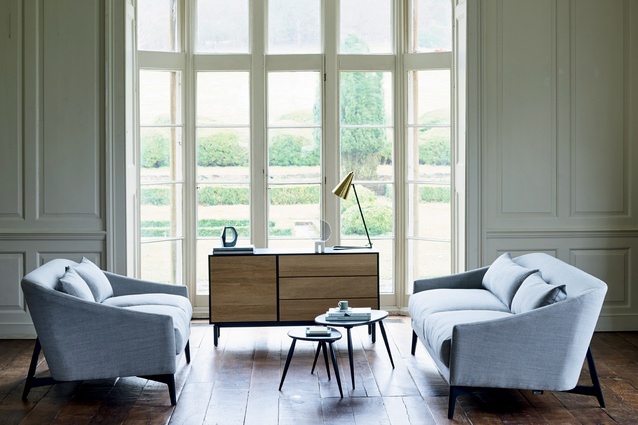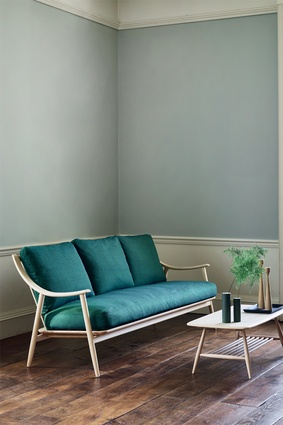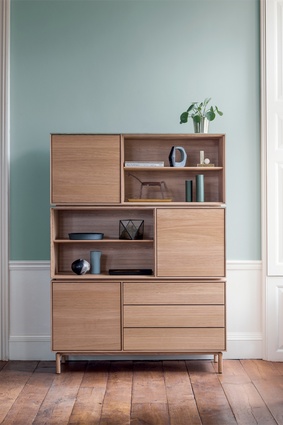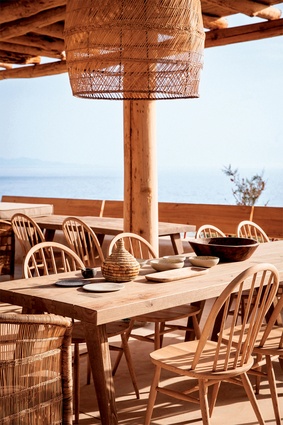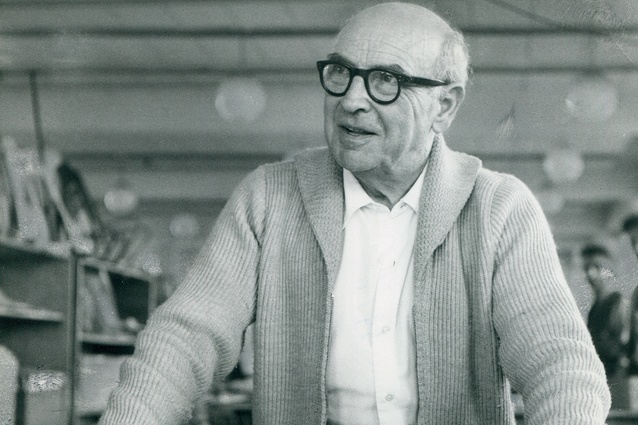Design people: Henry Tadros of Ercol
British company Ercol continues to design and produce beautiful furniture 100 years after it was established by Italian designer Lucian Ercolani. Justine Harvey spoke with Ercolani’s great-grandson Henry Tadros, who was recently in New Zealand to launch Ercol’s new range for Good Form.
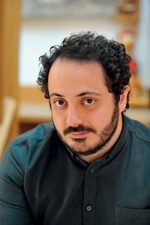
Justine Harvey (JH): Ercol takes great pride in being a family-run business. What is its history?
Henry Tadros (HT): My great-grandfather, Lucian Ercolani, was born in Italy in 1888 and moved to London with his parents in 1892. He was a very ambitious young man and founded the business in 1920, aged 32. After WWII, there was a substantial demand for new furniture as part of the great rebuild and Ercol won a tender to produce 100,000 chairs for 50 pence each; this is how the utilitarian 4a Windsor kitchen chair became the company’s first foray into mass production. Ercol then showcased its new Windsor collection at the Britain Can Make It exhibition in 1946.
JH: The Windsor chair is a true Ercol icon but there are many other Ercol pieces that have stood the test of time, right?
HT: Yes, the Loveseat [1956] was, and still is, an inspired combination of the traditional English settee and the Windsor chair aesthetic. The Studio couch, with its distinctive steam-bent arms, is another design classic and the Butterfly chair showed amazing technical skill in preforming laminated wood to an exact shape. And the Stacking chair is, perhaps, the most instantly recognisable Ercol chair from the 1950s.
JH: How does Ercol marry the latest technologies with traditional craftsmanship skills to great effect?
HT: In 2011, we moved to our new 16,000m2 factory in the Chiltern Hills [South-east England], where we’ve continue to invest in cutting-edge technology. This allows us to be super-precise and efficient with our cutting – with very large or very small volumes. But that’s only for machining parts; the rest of the process is hand-crafted and hand-assembled. The sanding of the wood is a very tactile process; it is done by hand with the aid of a sanding machine. It’s very hard to employ skilled craftsmen in this field so about 30 per cent of our workforce comes from eastern and southern Europe, although we do try to build local employment from apprenticeships in the UK.
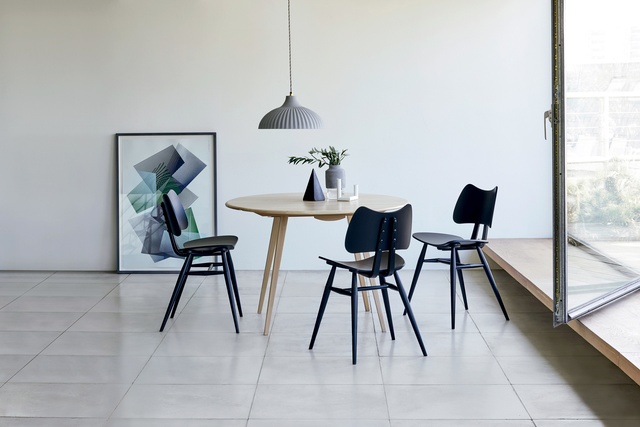
JH: Which British and international designers has Ercol has partnered with?
HT: Japanese designer Tomoko Azumi created our Flow dining chair, Italian designer Paola Navone collaborated with us on the Nest set of sofas, and we married our 1956 Butterfly chair with British designer Matthew Hilton’s designs in 2008. We also work with other British designers, Russell Pinch and James Ryan, and we have a great in-house design team too: Rachel Galbraith, Dylan Freeth and Lisa Gould Sandall.
JH: What’s next for Ercol?
HT: We want to keep manufacturing in the UK and keep it affordable: reissuing furniture while designing new pieces at the same time. And we’ll keep looking to our international markets. It’s nice that New Zealanders appreciate timber so much and also understand that solid wood looks better with age.
Ercol furniture is available in New Zealand from Good Form.

